Introduction Geography And Climate Etymology And History Culture Economy
|
Etymology
The name of Turkey,Türkiye in the Turkish language,can be divided into two words:Türk, which means"strong" in Old Turkic and usually signifying the inhabitants of Turkey or a member of the Turkish or Turkic peoples, a later form of "tu-kin",name given by the Chinese to the people living south of the Altay Mountains of Central Asia as early as 177 BCE;and the abstract suffix -iye (derived from Arabic), which means "owner" or "related to".The first recorded use of the term "Türk" or "Türük" as an autonym is contained in the Orkhon inscriptions of the Göktürks (Sky Turks) of Central Asia (c. 8th century CE).The English word "Turkey" is derived from the Medieval Latin"Turchia"
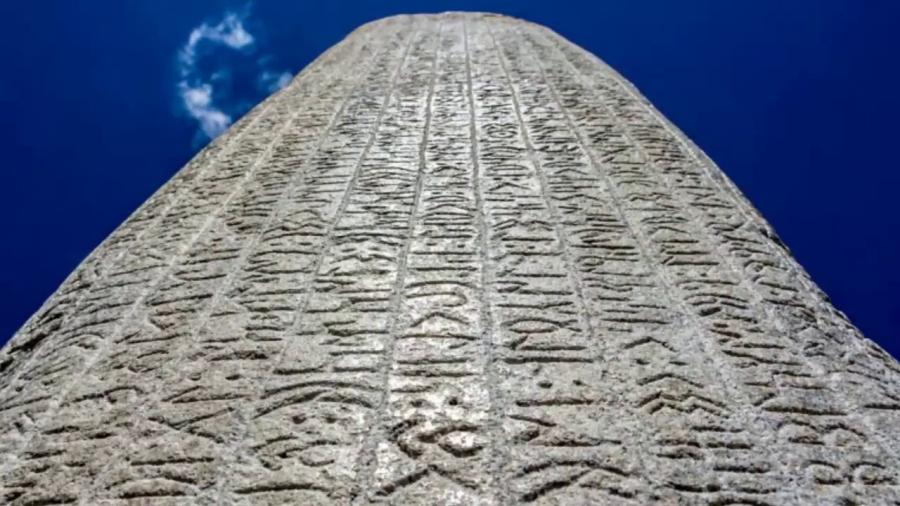 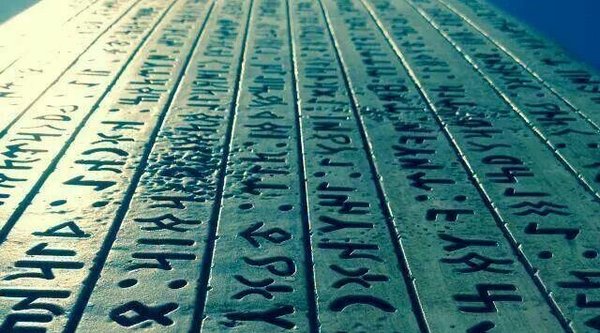 Pre-Turkic History of Anatolia The Anatolian peninsula (also called Asia Minor),comprising most of modern Turkey, is one of the oldest continually inhabited regions in the world due to its location at the intersection of Asia and Europe.The earliest Neolithic settlements such as Çatalhöyük (Pottery Neolithic), Çayönü (Pre-Pottery Neolithic to Pottery Neolithic),Nevali Cori,Hacilar(Pottery Neolithic),Göbekli Tepe (Pre-Pottery Neolithic ) and Mersin are considered to be among the earliest human settlements in the world. The settlement of Troy starts in the Neolithic and continues into the Iron Age.Through recorded history,Anatolians have spoken Indo-European, Semitic and Kartvelian languages, as well as many languages of uncertain affiliation.In fact, given the antiquity of the Indo-European Hittite and Luwian languages, some scholars have proposed Anatolia as the hypothetical center from which the Indo-European languages have radiated.
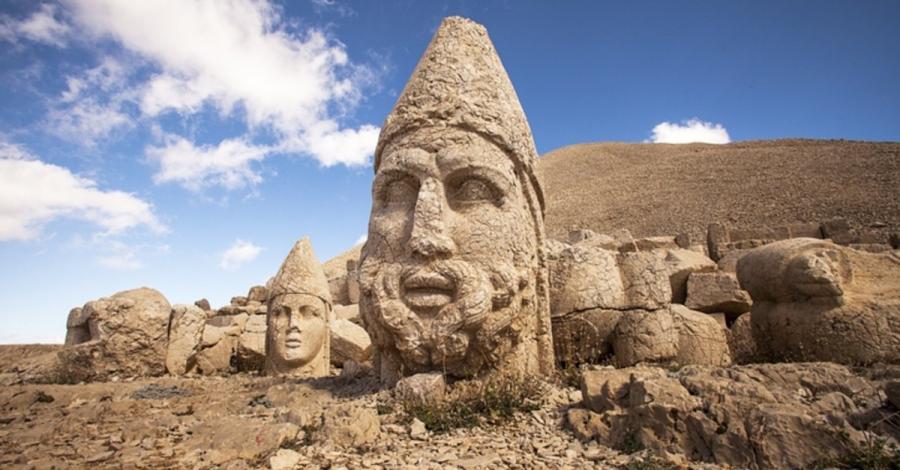 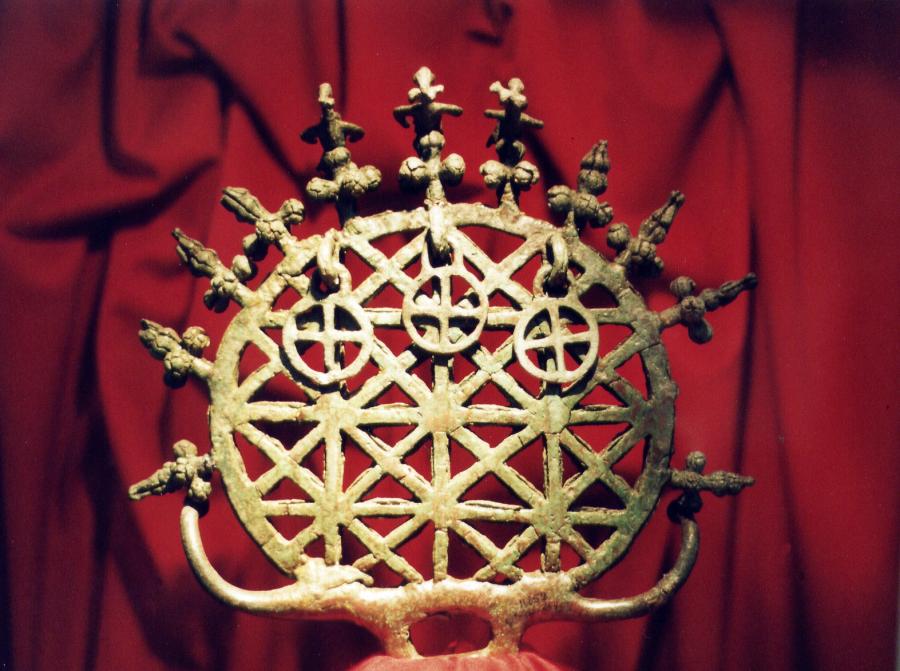 The first major empire in the area was that of the Hittites, from the 18th through the 13th century BCE. Subsequently, the Phrygians, an Indo-European people,achieved ascendancy until their kingdom was destroyed by the Cimmerians in the 7th century BCE.The most powerful of Phrygia's successor states were Lydia,Caria and Lycia.The Lydians and Lycians spoke languages that were fundamentally Indo-European,but both languages had acquired non-Indo-European elements prior to the Hittite and Hellenic periods.
The west coast of Anatolia was meanwhile settled by the Ionians, one of the ancient Greek peoples. The entire area was conquered by the Persian Achaemenid Empire during the 6th and 5th centuries and later fell to Alexander the Great in 334 BCE.Anatolia was subsequently divided into a number of small Hellenistic kingdoms (including Bithynia, Cappadocia, Pergamum, and Pontus),all of which had succumbed to Rome by the mid-1st century BCE.In 324 CE, the Roman emperor Constantine I chose Byzantium to be the new capital of the Roman Empire,renaming it New Rome (later Constantinople and Istanbul).After the fall of the Western Roman Empire,it became the capital of the Byzantine Empire (Eastern Roman Empire).
Turks: The Seljuk and the Ottoman Empire
The House of Seljuk was a branch of the Kınık Oğuz Turks who in the 9th century resided on the periphery of the Muslim world,north of the Caspian and Aral Seas in the Yabghu Khaganate of the Oğuz confederacy.In the 10th century,the Seljuks started migrating from their ancestral homelands towards the eastern regions of Anatolia,which eventually became the new homeland of Oğuz Turkic tribes following the Battle of Manzikert (Malazgirt) in 1071.The victory of the Seljuks gave rise to the Anatolian Seljuk Sultanate;which developed as a separate branch of the larger Seljuk Empire that covered parts of Central Asia,Iran, Anatolia and the Middle East.
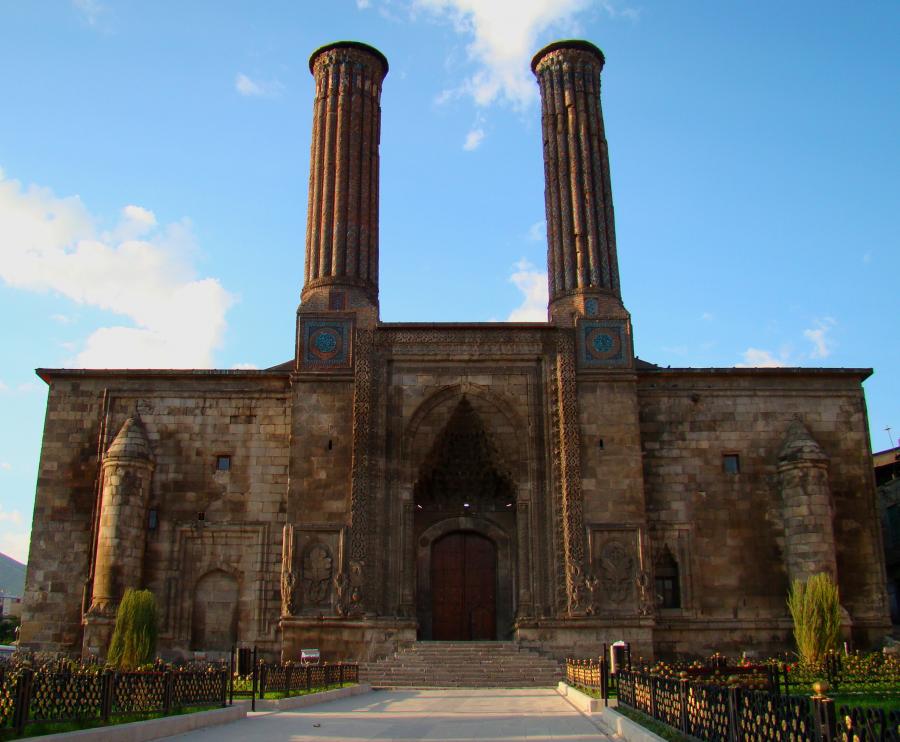 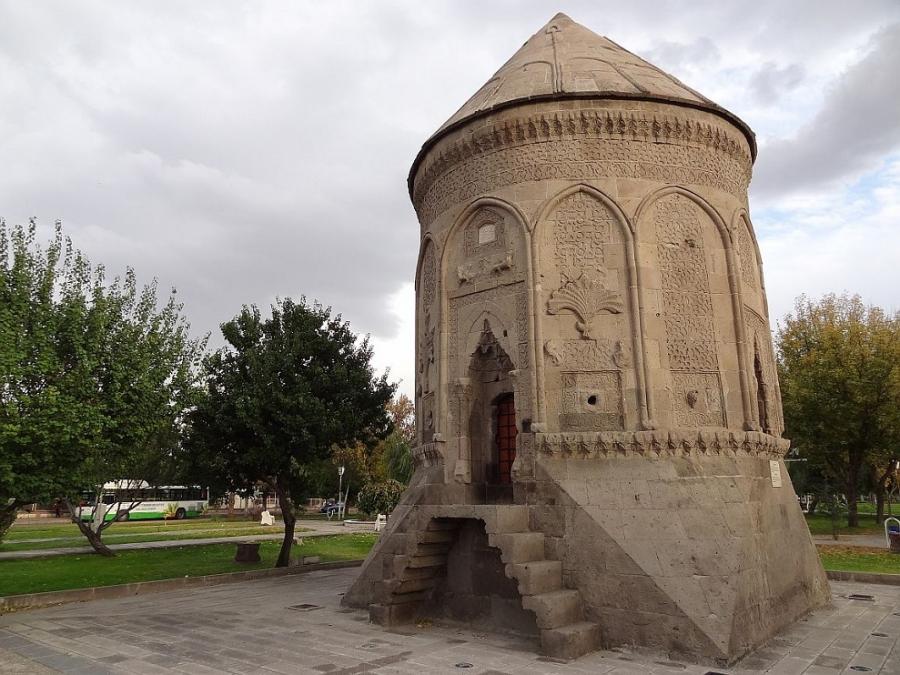 In 1243,the Seljuk armies were defeated by the Mongols and the power of the empire slowly disintegrated.In its wake, one of the Turkish principalities governed by Osman I was to evolve into the Ottoman Empire,thus filling the void left by the collapsed Seljuks and Byzantines.
The Ottoman Empire interacted with both Eastern and Western cultures throughout its 623-year history. In the 16th and 17th centuries,it was among the world's most powerful political entities, often locking horns with the Holy Roman Empire in its steady advance towards Central Europe through the Balkans and the southern part of the Polish-Lithuanian Commonwealth on land; and with the combined forces (Holy Leagues) of Habsburg Spain, the Republic of Venice and the Knights of St. John at sea for the control of the Mediterranean basin; while frequently confronting Portuguese fleets at the Indian Ocean for defending the Empire's monopoly over the ancient maritime trade routes between East Asia and Western Europe, which had become increasingly compromised since the discovery of the Cape of Good Hope in 1488. 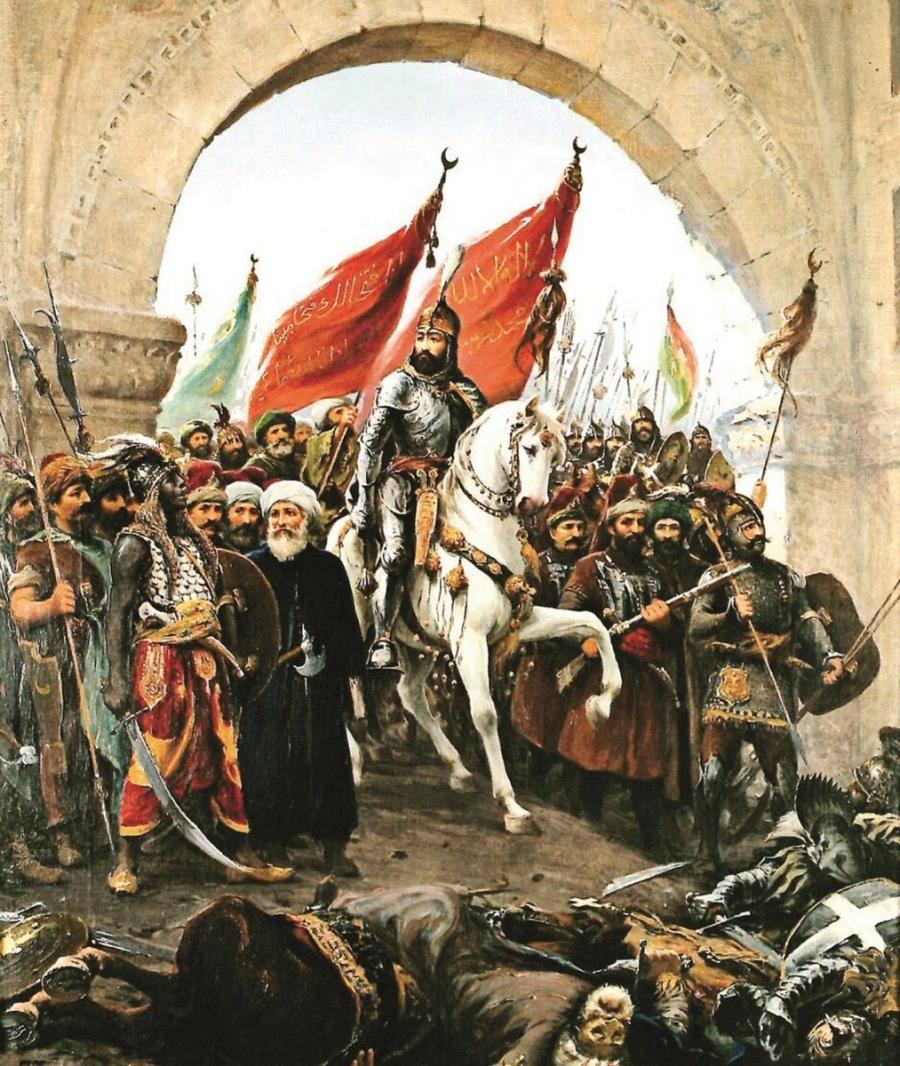 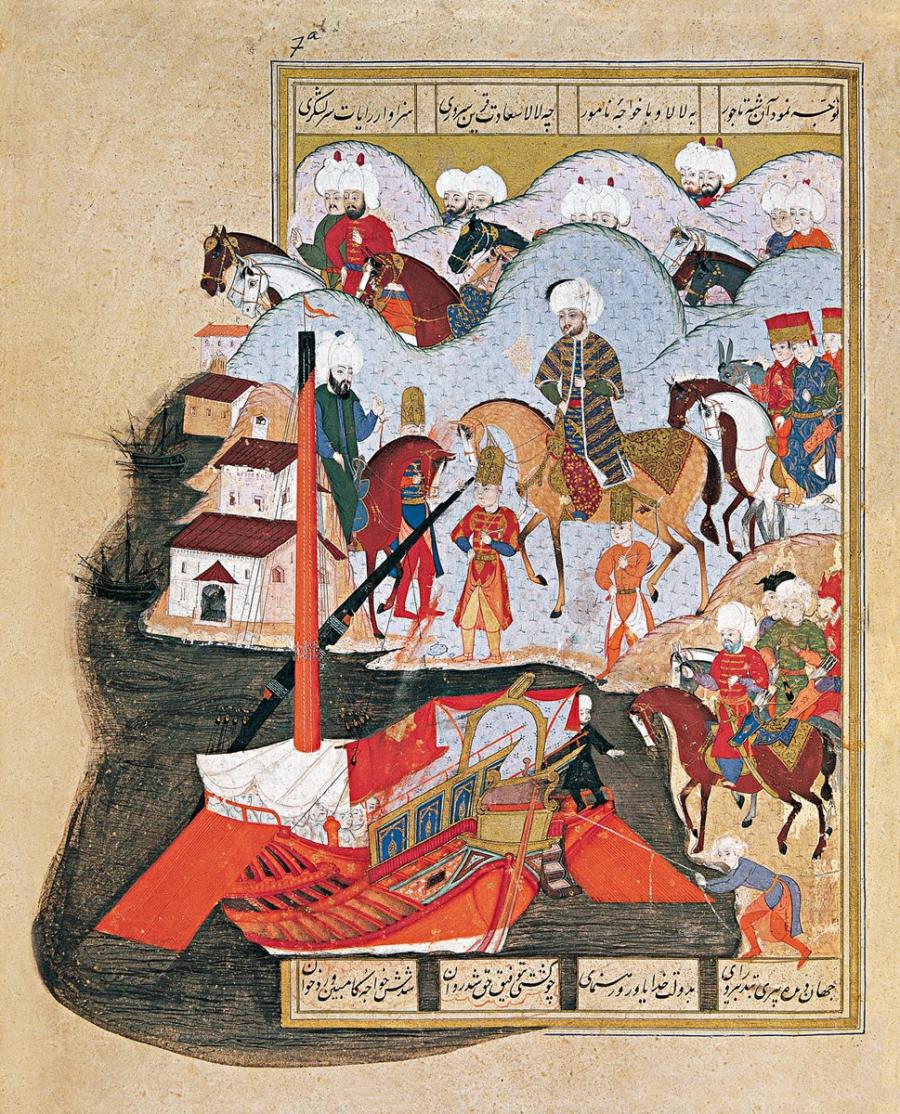 Following years of decline,the Ottoman Empire entered World War I through the Ottoman-German Alliance in 1914,and was ultimately defeated.After the war,the victorious Allied Powers sought the dismemberment of the Ottoman state through the Treaty of Sèvres.
Republic Era
The occupation of İstanbul and İzmir by the Allies in the aftermath of World War I prompted the establishment of the Turkish national movement.Under the leadership of Mustafa Kemal Pasha,a military commander who had distinguished himself during the Battle of Gallipoli,the Turkish War of Independence was waged with the aim of revoking the terms of the Treaty of Sèvres.By September 18, 1922,the occupying armies were repelled and the country saw the birth of the new Turkish state.
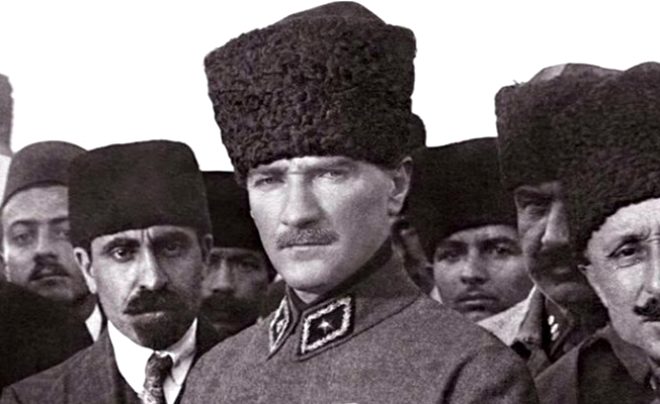 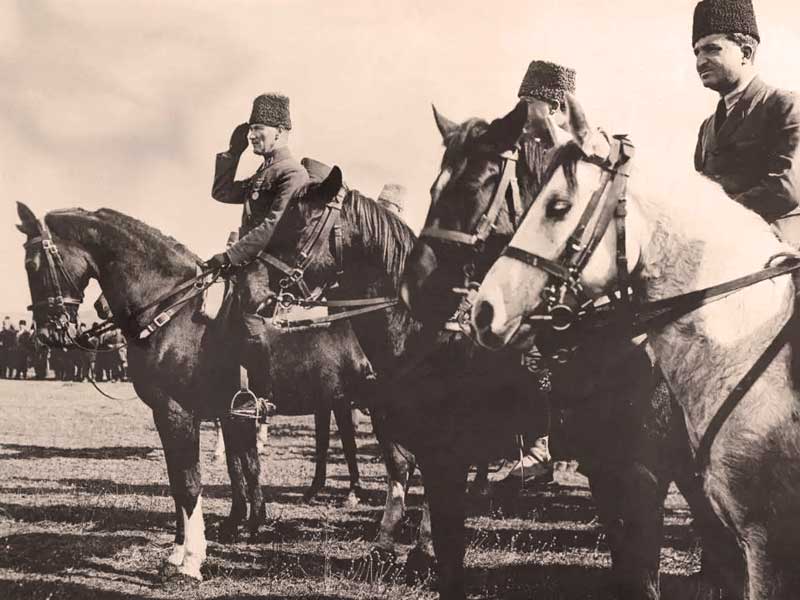 On November 1, the newly founded parliament formally abolished the Sultanate,thus ending 623 years of Ottoman rule.The Treaty of Lausanne of 1923 led to the international recognition of the sovereignty of the newly formed"Republic of Turkey"as the successor state of the Ottoman Empire,and the republic was officially proclaimed on October 29,1923,in the new capital of Ankara. Mustafa Kemal became the republic's first president and subsequently introduced many radical reforms with the aim of founding a new secular republic from the remnants of its Ottoman past.According to the Law on Family Names, the Turkish parliament presented Mustafa Kemal with the honorific name "Atatürk"(Father of the Turks) in 1934.
Turkey entered World War II on the side of the Allies on February 23, 1945 as a ceremonial gesture and became a charter member of the United Nations in 1945.After participating with United Nations forces in the Korean conflict,Turkey joined the North Atlantic Treaty Organization (NATO) in 1952.Following a decade of intercommunal violence on the island of Cyprus and the subsequent Athens-inspired coup,Turkey intervened militarily in 1974.Nine years later Turkish Republic of Northern Cyprus (TRNC) was established.
|